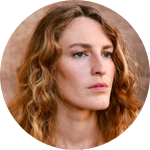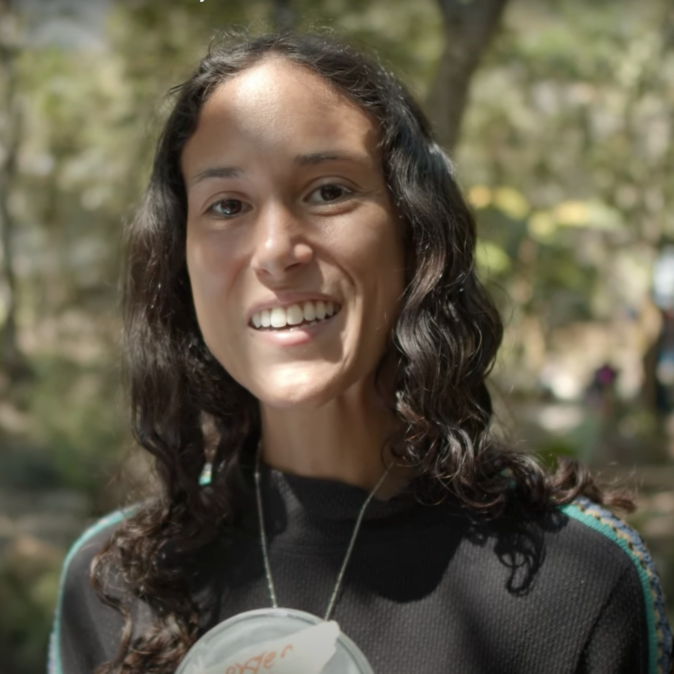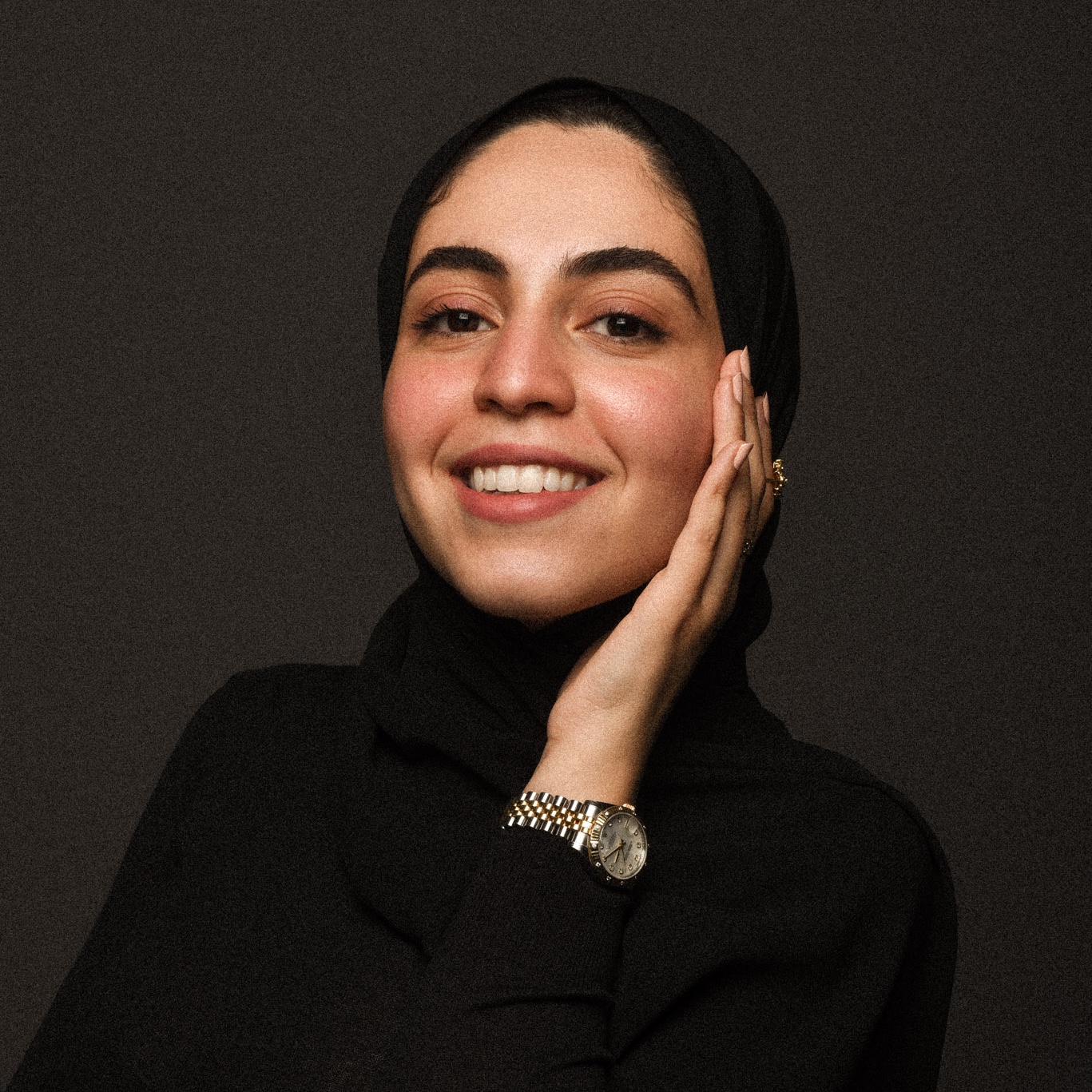About This Project
Proteins offer the promise of regenerative forms of power for devices. Current power sources fail to disassemble, recycle or degrade. We build on research using protein nanowires harvested from Geobacter sulfurreducens to make energy harvesting cells. We are scaling the lab processes to grow these proteins + experiment with new biodevices. Our aim is also to make these protein accessible so we and the biocurious can engage with cutting-edge bioelectronics.
Ask the Scientists
Join The DiscussionWhat is the context of this research?
The article "The Mud is Electric" jumpstarted our journey. It highlights how bacteria Geobacter sulfurreducens creates proteins that generate electricity.
We want to harness and scale this capacity in a community lab setting, making these proteins accessible to citizen scientists and fostering bioelectronic innovation outside traditional academic environments.
We are crafting a technology that uses widely available materials to birth a new generation of electronics. This approach aligns perfectly with the community biology ethos of democratizing scientific tools and knowledge.
What is the significance of this project?
As the world increasingly adopts electronics, the demand for critical minerals is skyrocketing. This leads to increased mining activities and environmental degradation and e-waste.
Our approach is to re-imagine this paradigm. What if we could cultivate our electronics? We are growing bacteria that naturally produce electrical proteins. This breakthrough serves as a platform technology applicable to both energy production and electronics.
We are experimenting with embedding these protein in algae-based biomaterials to make growable, compostable devices. But we know others will think of other incredible applications too. We want to scale the growing of these proteins so we can share them and empower other to pursue divergent areas of research.
What are the goals of the project?
Short-term goals (grant period):
- Optimize protein nanowire production in our community lab setting
- Create an open-source toolkit for other community labs to replicate our work
- Host workshops and open lab days to engage the local community in our research
Medium-term goals (2 years):
We ourselves are developing devices that will be growable and compostable. We aim to enable bio-communities to use these proteins to tinker with their own bio-electronic applications that are non-toxic and renewable. This will foster a network of community labs collaborating on bioelectronics + sharing results.
Long-term vision (20 years):
We see people using phones made of compostable materials, right down to the electronics inside, and burying them ritually in the soil at the end of use.
Budget
- Protein Analysis: The majority of items are for precise protein analysis. While we're successfully producing protein nanowires, we need to quantify and assess their purity.
- Scale-up Capabilities: Items like the LB Agar Plates and Terrific Broth Complete will enable us to scale up our bacterial growth, increasing protein yield
- Quality Control: The pH Buffers and membrane discs are essential for maintaining optimal conditions and purifying our proteins
- Community Empowerment: Our goal is to produce large quantities of high-quality protein nanowires that we can share with other community labs and researchers. By becoming a source of these proteins (so far inaccessible), we'll empower in our network to explore new applications and advance the field of bioelectronics collectively.
- Knowledge Sharing: Produce reliable, reproducible results. This is crucial for creating the open-source protocols we plan to share with the global community biology network
Endorsed by
 Project Timeline
Project Timeline
Our 6-month timeline focuses on optimizing protein production and community engagement:
- Grow and measure new protein batches, sharing initial findings via community workshop
- Develop high-concentration growth and purification techniques, collaborating with other labs to troubleshoot
- Use advanced tools to analyze nanometer-thick proteins, creating open-source protocols
- Throughout: maintain open lab notebook
Jul 01, 2024
Project Launched
Aug 30, 2024
Acquire materials and equipment
Sep 30, 2024
Grow new batch of proteins
Oct 15, 2024
Test quality and quantity of new proteins (i.e. TEM)
Oct 31, 2024
Connect cells to a capacitor for energy storage
Meet the Team
Affiliates
Team Bio
We are 4 women developing a new biomaterial device that can generate electricity, using the protein nanowires from Geobacter Sulfurreducens.
Our vision is of a regenerative energy future, where our electronics are growable and compostable. We're committed to developing this technology in an open, collaborative manner, engaging with and empowering the wider community biology movement.
That’s the idea behind Electric Skin: A Self-Powering Material,Beautiful, Growable, Compostable.
Paige Perillat-Piratoine
With a background in Geography, Business Management, and Futures, my experience is profoundly collaborative and interdisciplinary. I initially worked in urban agriculture in an effort to reconcile cities and their food sources, but soon realised it is the materiality of our cities that is problematic. That our future materials can be grown, living, circular. As a result, I am specialized in biomaterial innovation, crafting my own biodesign experiments to gain knowledge and coordinating innovators on a professional basis to bring solutions to life.
Sequoia Fischer
Sequoia Fischer is from Arizona’s desert Sky Islands. She grew up hiking, dancing, and dreaming of new worlds for herself and many animal friends. She always begged her mom for more plants and pets, finding a kinship with a diversity of life beyond humans. On her adventures through the desert, she would build forts from dried out agave and mesquite branches. She loved to be busy, learning, and creating.
As an adult she held true to the same elements of her early life: dreaming, creating, and building for her animal, human, and plant friends. She graduated from the University of Arizona with two bachelor degrees, one in Ecology/Evolutionary Biology and the other in 3D Studio Art. Later in life she moved to Spain to study the architect Antoni Gaudí and earn her Masters in Biodigital Architecture.
Early in her career in California’s Bay Area, she worked as a protein engineer/ synthetic biologist in hopes that this path would help her build beautiful things with nature. She now finds herself working with three other talented woman from across the globe in their biotech startup, Electric Skin. Their mission is to grow self charging biodegradable electronics that could one day be used to power our homes.
In the coming years she hopes to continue to build with nature, providing healthy habitats for her human family and the diversity of life on Earth.
Catherine Euale
Catherine Euale, a Venezuelan-Canadian artist and citizen scientist, combines various disciplines such as bio art, conceptual art, open-source citizen science, microbiology, and digital fabrication. Her work explores the intricate connections between humans and other species, merging realms like biological arts, mycology, interspecies communication, bioethics, and ART-ivism.
Catherine's focus in on working with microorganisms, organic materials, wearable or sculptural pieces that are grown or partly alive. Her aim is to create a sense of biophilia - the innate desire and love for all living things. She aims heal the concept of the inanimate the objectified and the disposable by bringing context into our objects. Her work portrays their aliveness, through bio-materiality. She works in collaboration with algae, fungi, slime molds, bacteria and plants. She uses digital fabrication, electronics and 3D worldbuilding where applicable to create her pieces and their presentation in a space, crafting a holistic sensory experience.
Euale has showcased at exhibitions such as Dear 2050: Oceans on the Rise in Switzerland, Milan Design week on three ocasions, Dubai Cop28, MIT BioSummit. Her recognition and climate art award from Climanosco highlight her talent in effectively communicating scientific concepts and engaging audiences in critical discussions on biodiversity conservation.
Collaborating often with diverse and multidisciplinary teams, she ensures that the outcomes of her projects encompass thorough research, feasibility, and artistic value, materiality and emotional response. Her work is conscious of people, place, and biodiversity, and strives to give "voices" to the more than human world.
Nada Elkharashi
Nada Elkharashi is an Interdisciplinary
Designer and a Design Researcher focused
on creating thought-provoking experiences
and realities. Her work lies at the intersection
of materiality, cultural philosophy, and
human ecology. In particular, she explores
natural materials and handmade techniques
to imbue everyday objects with cultural
insight that, in turn, stimulate and informs
behavioral culture advancements.
Her work results in product designs,
interactive installations, artworks,
storytelling sensory exhibitions, furniture
and visual content.
Nada Elkharashi received a Fellowship in
Master of Fine Arts in I Interdisciplinary
Design Studies—MFA, and a
HBKU sponsorship in Bachelor of Fine Arts in
Interior Architecture/ Interior Design— BFA
from Virginia Commonwealth University in
Qatar.
Additional Information
Last year we self-published a "toolkit" to explain the context and advances in our research, so others could be inspired and perhaps join the adventure: https://www.yumpu.com/en/document/view/67905310/electric-skin-toolkit
This toolkit exemplifies our commitment to open knowledge sharing and community engagement, core principles of the community biology movement.
Our project is designed to build capacity of the Community Bio movement in several key ways:
Resource Sharing: By optimizing the production of protein nanowires, we become the source of these previously inaccessible proteins for other community biolabs. This will enable more labs to engage in bioelectronics research without the initial hurdle of nanowire production.
Equipment Access: The sophisticated tools we acquire (e.g., spectrophotometer, gel electrophoresis setup) will be made available to other local researchers, enhancing the overall capacity of our community lab (a region in Arizona where there are no other facilities nearby).
Interdisciplinary Collaboration: Our project bridges biology and electronics, hopefully attracting a different skillset than is usually represented in the Community Bio movement (ie electronics! )
Open-Source Knowledge: We will craft detailed protocols, open lab notebook, and regular community updates to create valuable knowledge base for future Community Bioelectronics projects.
Public Engagement: Our project's outputs (e.g., self-powering sensors) will be powerful demonstrations of Community Bio's potential, hopefully helping to attract public interest and support.
Project Backers
- 46Backers
- 100%Funded
- $10,603Total Donations
- $230.50Average Donation





